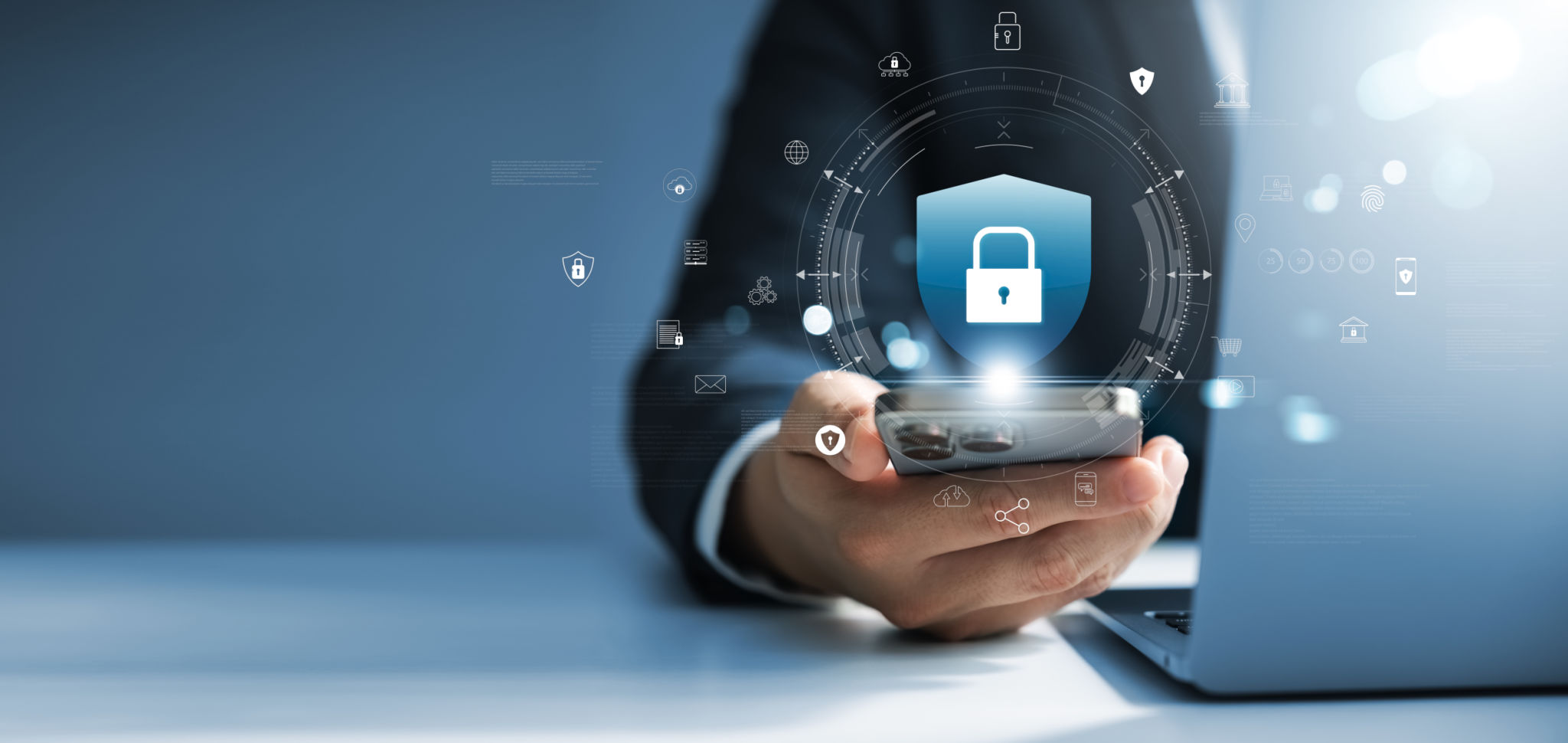Enhancing Mobile Security: Key Cybersecurity Practices for Finance Professionals
Understanding the Importance of Mobile Security
In today's fast-paced financial world, professionals increasingly rely on mobile devices to manage sensitive information, communicate with clients, and conduct transactions. As convenient as these devices are, they also present significant cybersecurity risks. Ensuring that your mobile devices are secure is crucial to protecting both personal and client data from cyber threats.
Mobile security for finance professionals involves more than just setting a passcode. It requires a comprehensive approach that includes understanding potential risks, implementing robust security measures, and staying informed about the latest cybersecurity trends and threats.

Implementing Strong Authentication Methods
The first step in enhancing mobile security is to strengthen authentication methods. Weak passwords or relying solely on a passcode can leave financial data vulnerable. Finance professionals should consider using multi-factor authentication (MFA) to add an extra layer of protection. This could involve using a combination of something you know (a password), something you have (a smartphone or hardware token), and something you are (biometric verification such as fingerprints).
Biometric Authentication
Biometric authentication, such as facial recognition or fingerprint scanning, is becoming increasingly popular for securing mobile devices. These methods offer a higher level of security because they are unique to each individual and difficult for hackers to replicate.
Regular Software Updates and Patching
Keeping your mobile device's software up-to-date is essential for cybersecurity. Software updates often include patches for vulnerabilities that hackers could exploit. Finance professionals should ensure that both their operating systems and applications are regularly updated to protect against potential threats.

Automatic Updates
Enabling automatic updates ensures that your mobile device always has the latest security patches without requiring manual intervention. This practice can significantly reduce the risk of cyberattacks targeting outdated software.
Using Secure Networks and Connections
Finance professionals often work on the go, making it tempting to connect to public Wi-Fi networks. However, these networks are notoriously insecure and can be a hotspot for cybercriminal activity. It's important to use secure networks and consider using a Virtual Private Network (VPN) whenever accessing sensitive information remotely.
Virtual Private Networks (VPNs)
A VPN encrypts your internet connection, providing an additional layer of security when using public or unsecured networks. This encryption makes it difficult for hackers to intercept data being transmitted over the network.

Data Encryption and Backup
Encrypting data stored on mobile devices ensures that even if the device is lost or stolen, the information remains inaccessible to unauthorized users. Finance professionals should use encryption tools to protect sensitive data both at rest and in transit.
Regular Data Backups
In addition to encryption, regular data backups are crucial for safeguarding information. Backups ensure that you can recover important data in case of a device failure or cyberattack. Using cloud storage solutions with end-to-end encryption can add another layer of security to your backups.
Conclusion: Staying Vigilant in a Changing Landscape
The landscape of cybersecurity is constantly evolving, with new threats emerging regularly. Finance professionals must stay vigilant and proactive in securing their mobile devices. By implementing strong authentication methods, keeping software updated, using secure connections, encrypting data, and regularly backing up important information, finance professionals can significantly enhance their mobile security.
Remember, cybersecurity is not just a one-time effort but an ongoing process of adaptation and vigilance. Continuously educating yourself about new threats and best practices is key to maintaining robust security in the ever-changing digital world.
